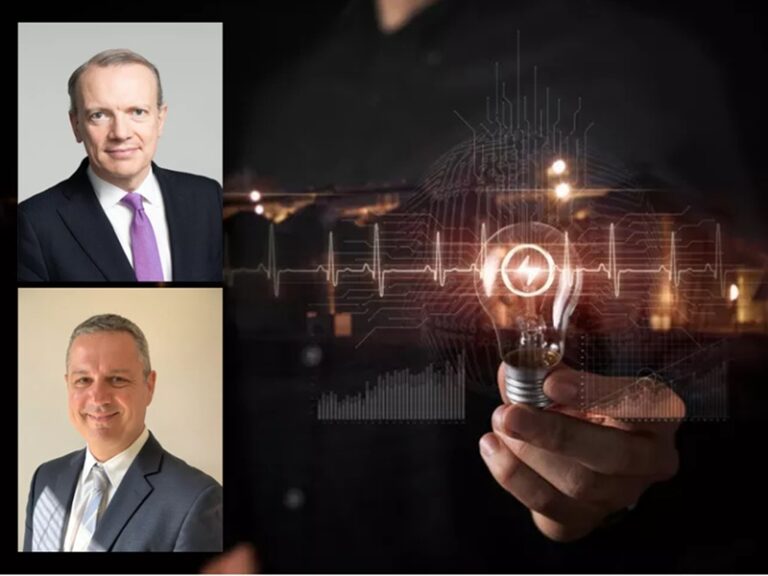Towards the post lignite era by the development of renewable energy sources

Tuesday, October 29, 2019
HWEA’s CEO Panagiotis Papastamatiou participated at the seminar held by the British Embassy of Athens, at 29 October 2019. Mr. Papastamatiou declared the following:
Greece is coming out of the financial crisis and presents significant investment opportunities for Greek and foreign investors. The macroeconomic stabilization achieved in the previous years, is combined with a period of political stability. This is an important window of opportunity, which we should take advantage of.
The Government must move towards the necessary structural and institutional reforms in order to create the environment for sustainable economic growth that will provide jobs and prosperity.
In the sector of energy, the future is challenging. We are all forced to face our responsibilities and we cannot avoid them. For over two decades, battles have been fought against the opening of the market. The political system had not been able to promote effectively the liberalization. In my opinion, this is the main reason – along with others – that our energy system has remained bound to an anachronistic and expensive model, at the expense of consumers, entrepreneurship and the environment. Abandoning this model is inevitable. Care should be taken to ensure that the transition to a new, clean and competitive energy model is as smooth as possible. This will not be an easy task, as we are already running late.
Τhe consumers must be our policy criterion; and how to offer them many good and cheap choices. The policy tool for achieving that, is the free market and entrepreneurship.
We are pleased that the political will for the energy transition has been clearly expressed at the highest possible extent. The Prime Minister has announced two major strategic choices:
- The phase-out of all lignite units by 2028
- The increase of the RES target by 2030 to 35%
These two parallel goals are of great importance.
Greece must abandon lignite without jeopardizing its energy security, the stability of its trade balance and the provision of cheap energy.
De-lignification must be achieved through the development of renewable energy sources. And it must be accomplished by improving energy efficiency and energy-saving, if the targets and forecasts for savings are realistic.
What we are called upon to do is exploit our 100% proven renewable energy resource, which can be utilized immediately.
Many wonders if the RES market can deliver that target. The answer is YES.
Renewable companies operating in Greece, continued to invest even in the midst of the recent, deep financial crisis. They have vast experience, high level of human resources and a strong capital base. It is the responsibility of the state to release the healthy forces of entrepreneurship and the scientific world from bureaucracy and reaction. So, let’s not wonder if we can. We can and we have proven it. It is now up to the state to demonstrate the same.
What is needed, is to create the conditions, which will enable the Prime Minister’s two commitments to be fulfilled without delay. This can be achieved through a variety of policy actions:
- Radical and immediate simplification of the licensing procedures, in order to develop new projects, re-design already licensed ones and promote repowering.
- Promote large investments. Large onshore wind farms in the interconnected system. Wind parks with underwater interconnections. Offshore wind farms. Promotion of large projects with floating wind turbines.
- Energy storage. Centralized and decentralized units. Storage is the bridge that will bring us from today’s dirty model to the 100% green energy future.
- International interconnections with all neighboring countries and Europe. The strategic goal of these new interconnections should be to exclusively use them for electricity produced by renewable sources, in order to make Greece a green energy exporter.
- Domestic interconnections, emphasizing on interconnecting islands and overcoming local saturation.
- Secure the sustainability of the mechanism for the payments to renewable producers.
All of this requires an overall National Energy and Climate Plan. The new NECP should be accompanied by a specific action plan, with intermediate measurable objectives, clear KPIs and monitoring mechanisms, a clear administrative structure.
But, above all, the new NECP must respond to the essence of the Prime Minister’s two commitments, it must be radical and ambitious.
We are optimistic that we will have such a NECP. A NECP that will base de-lignification on RES and Energy Saving.


